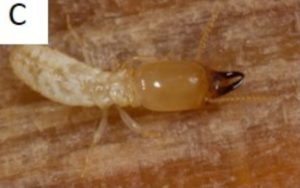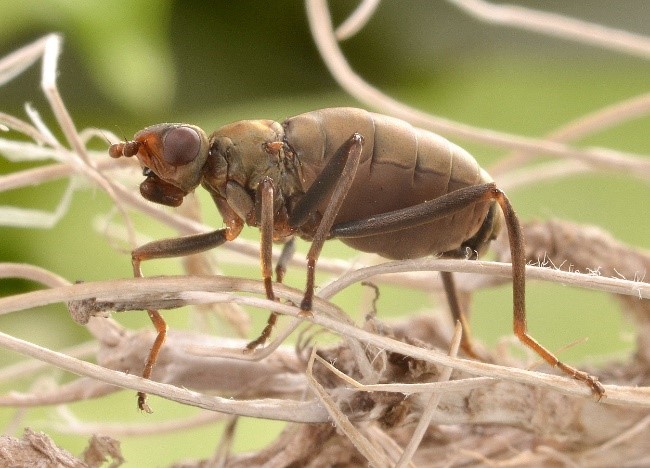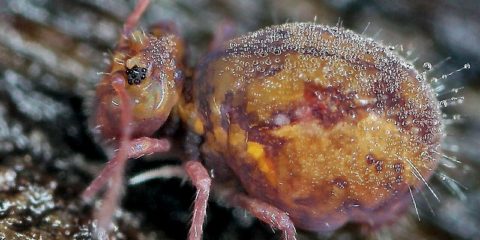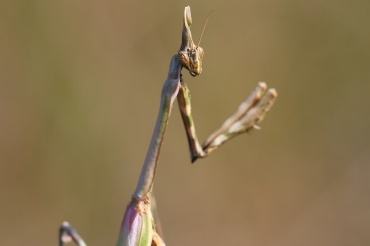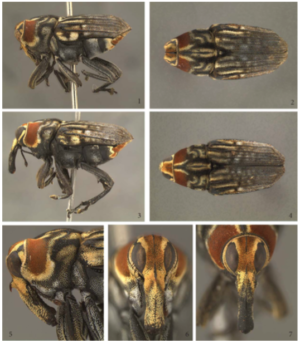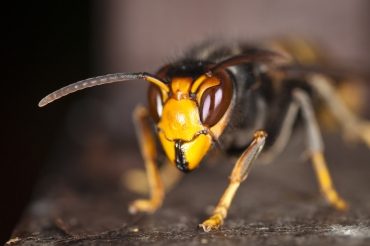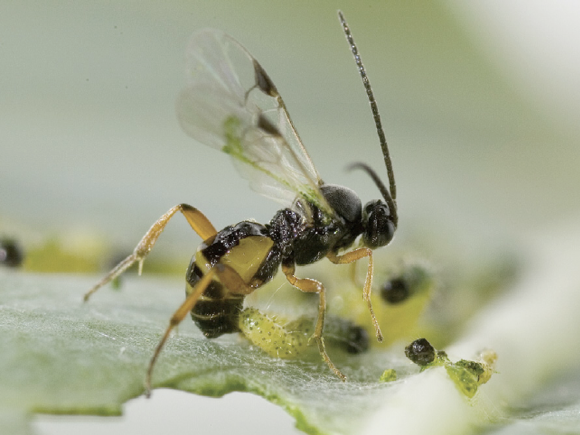By Gérard Duvallet Among the ectoparasites that are a nuisance to livestock and livestock in general, there are, alongside ticks (Mites), several families of Dipterans (Insects). Horn stomoxes and flies (Diptera, Muscidae) and taons (Diptera, Tabanidae) are certainly the most important (photos 1, 2 and 3), due to the nuisance spawned and the possible transmission…
Category: Presentation of species
Scale insects: Poorly-know vectors of plant virus
by Etienne Herrbach Exciting study models The scales from the vast superfamily of Coccoidea, rich of over 8,000 species and 33 families (and 16 fossils) (link). Like their sternorrhynchan cousins (aphids, whiteflies, and psyllids), they feed on plant saps using a piercing-sucking mouth apparatus. Their very diverse and sometimes astonishing biological and morphological peculiarities foster numerous studies.…
Termites (Part 1): Biology
by Guillaume BAUDOUIN General The Author: Guillaume Baudouin Following a university course between Angers, Rennes and Poitiers, Guillaume completed his thesis on the problem of termites in Paris as part of a project carried out between the IRBI (Institute of Research on the biology of the insect) and the city hall of Paris between 2013…
The Entomofauna of the French subantarctic islands
by Maurice Hulle The Subantarctic islands, among the most isolated in the world, harbour a small number of native terrestrial invertebrates which, in the course of their evolution, have developed specific biological adaptations, the most notable of which is the loss of The flight function in insects. Since their recent discovery and, above all, since…
Collembola: small mysterious insects
By Philippe GARCELON Presentation I call myself Philippe Garcelon and now lives in the Toulouse region. I was born in a small village in Cantal and in the 1960’s and 70’s, a lot of my distractions were just nature escapades. I was already starting my first insect collections. Unfortunately I will leave my “playground” for…
Ephydra hians: the diving fly of Mono Lake
Summer, the shores of Mono Lake in California are invaded by millions of small flies. The density is such that it sometimes reaches in places more than 2000 flies on the surface of a postcard, for a total population estimated at more than 100 billion individuals. These flies belong to a species: Ephydra hians (Ephydridae).…
The Mantodea: synthesis on these insects
By Nicolas MOULIN The mantises, a fascinating group of insects known to all for their voracity (some would say their cannibalism), are visible almost everywhere in the world. Only the poles and very high altitude environments do not support species. Elsewhere, they occur from the African deserts to the wet and relatively virgin areas of…
Conoderinae: the Brazilian weevil who thinks He’s a fly!
Widespread in Curculionidae beetles, also known as weevils, mimicry offers astonishing models of study in these Species. Two Brazilian entomologists, Sergio A. Vanin (department of zoology-university of Sao Paulo) and Tadeu J. Guerra (department of Biology-federal University of Minas Gerais), have described in 2012 a new remarkable species of weevil that mimics Flies of the…
The Asian Hornet: A Recent Invasion
Introduction of the Asian hornet in France Vespa velutina, an invasive hornet from southeast Asia, is widespread from Nepal and northern India to eastern China, the Indochinese peninsula and Indonesia. In the 2000s, it was reported in Korea where its expansion is probably limited by competition from the other six hornets species present locally. He…
Two wasps, a caterpillar and a cabbage leaf
By Pascal ROUSSE Do you know what a parasitoid is? If so, you also know how fascinating their life cycle is. If not, you will soon know thanks to this detailed example. A paper written by the specialist Pascal Rousse for Passion-Entomologie, a big thank you to the author for agreeing to share his passion…



